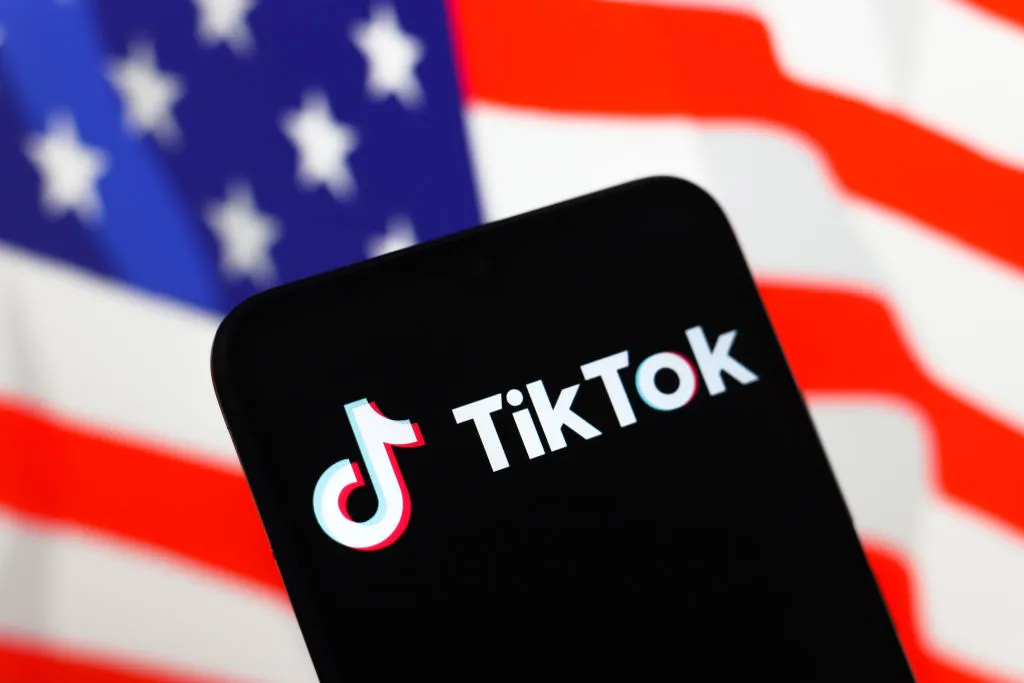
What Happened on May 15, 2025?
On the afternoon of May 15, thousands of TikTok users across the U.S. hit a digital brick wall. Videos weren’t loading. Feeds froze. Some couldn’t even log in. According to Downdetector, user complaints started pouring in around 4:08 p.m. EDT—and in less than an hour, over 32,000 people had flagged issues.
By 5:45 p.m., those numbers began to drop, signaling that the problem was being addressed. But for about an hour, TikTok’s massive user base was essentially cut off.
Radio Silence from TikTok
Despite the scale of the issue, TikTok stayed quiet. No official statement was released, no updates pushed out on their socials. Users, naturally, flocked to X (formerly Twitter) looking for answers—or at least someone to commiserate with.
For a platform so deeply embedded in real-time culture, the silence didn’t sit well with many.
Social Media Lit Up With Reactions
Within minutes, the hashtag #TikTokDown was trending. Users joked about their sudden “free time,” while others frantically refreshed their apps, convinced it was just a glitch on their end.
Memes exploded. People shared screenshots of frozen feeds and “error loading” messages. For many, the app is more than entertainment—it’s a daily routine. And when that routine breaks, it shows just how tethered we’ve become.
Creators and Brands Felt the Hit
For influencers, the outage wasn’t just annoying—it was disruptive. Content schedules got pushed back. Lives had to be canceled. Algorithms that depend on consistency may have taken a hit.
Some creators with scheduled posts or brand collaborations voiced their concerns online, while others moved to Instagram or YouTube to keep their audiences updated.
Brands also felt the pinch. TikTok has become a marketing powerhouse, and any pause in content means lost visibility. A few companies used the moment cleverly, poking fun at the outage on other platforms to stay in front of their followers.
Not the First Time, and Probably Not the Last
TikTok has a fairly solid track record when it comes to uptime, but this wasn’t its first stumble. Just a week earlier, on May 9, the app experienced another brief outage. Though not as widespread, it was enough to raise eyebrows.
These incidents are a reminder that no platform is bulletproof. And for businesses and creators relying heavily on TikTok, it’s a nudge to diversify.
What Can You Do When TikTok Goes Dark?
When TikTok’s not working, the first thing people do is wonder if it’s just them. Here’s a quick checklist:
- Check Downdetector to confirm if it’s a widespread issue.
- Restart your device—it solves more than you’d think.
- Switch between Wi-Fi and mobile data to rule out connection problems.
- Update the app, especially if you’ve skipped the last few patches.
- Take a break and use the time to work on drafts or explore other platforms.
Sometimes, the best fix is patience.
Final Thoughts
The May 15 TikTok outage was short but impactful. For users, it was a frustrating blip. For creators and brands, a reminder that any platform—no matter how big—can go down.
It’s also a glimpse into just how central TikTok has become in our lives. A one-hour glitch created a massive ripple across social media, affecting not just content, but communication, marketing, and even moods.
If nothing else, it’s proof that while apps power a lot of our lives, we’re still the ones in control of how we respond when they don’t work as expected.




Թողնել պատասխան